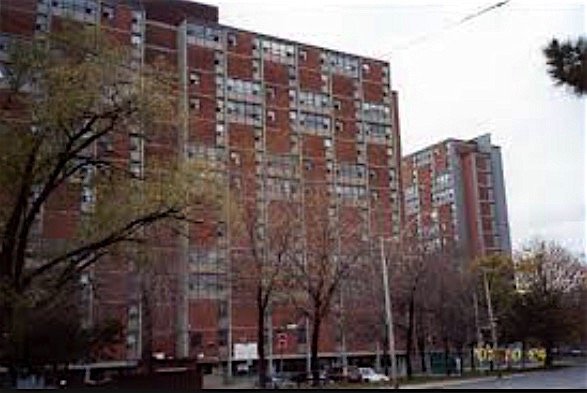
Ontario will invest up to $900 million in energy retrofits for social housing and privately owned rental buildings in the province over the next four years. The money will come from the proceeds of the newly approved cap and trade system to be implemented in coming months. The buildings will be retrofitted with energy efficiency and renewable energy technologies as part of the government’s not-yet-released Climate Change Action Plan. Earlier this year, the government announced an investment of $92 million for the same purpose, putting the total investment to date at just under $1 billion.
Social housing will receive more than half of the new money, up to $500 million. It can be used to purchase and install energy-efficient windows, thermal insulation on piping, more efficient boilers and air conditioning, and the like. The other $400 million in grants will be available for private residential apartment buildings.
A number of high-profile organizations have praised the initiatives, including the David Suzuki Foundation, the Toronto Atmospheric Fund, and World Wildlife Fund Canada. Tim Grey, the director of Environmental Defence, said that social housing was “an ideal place to start” with a program of energy efficiency retrofits because the buildings in question are typically less energy efficient than other buildings. Most of the social housing stock in Toronto is at least thirty years old, and residents and owners often don’t have the resources to make the upgrades on their own.

Energy retrofits for housing are an essential piece of the puzzle both in making essential energy use more affordable, and in reducing greenhouse gas emissions from energy use in buildings. The Canadian Environmental Law Association strongly supports healthy energy retrofits for all types of housing, and in particular advocates for strong energy solutions for low income and vulnerable communities.
In discussing the efficacy and cost-effectiveness of retrofit programs like this, the government points to a Deutsche Bank Americas study that found significant benefits from energy-related retrofits. That study found that every $1 million invested in upgrades to multi-family affordable housing buildings in the US generated between $1.3 million and $3.9 million in energy savings and increased GDP. The same study estimated that it would take $46 billion to “unlock” the energy efficiency opportunities that exist in all of these buildings in the country, but that doing so would provide a value to the economy of $80 billion.
Analysis of 230 apartment buildings that were retrofitted in New York City showed that the average annual fuel consumption was reduced by 19 per cent and electricity consumption by 7 per cent. That translates to $240 and $50 per apartment respectively. Savings were greatest in those buildings whose pre-retrofit consumption had been highest. The less energy-efficient a building was before the retrofit, the more it benefited afterwards.

Here in Ontario, a University of Calgary study (2011) looked at a previous government initiative to retrofit social housing in Ontario. The joint federal-provincial program, known as SHRRP (Social Housing Renovation and Retrofit Program), provided $352 million from the federal government, matched by Ontario, for a total of $704 million, to upgrade the province’s social housing stock and make it more energy efficient. The program covered the period 2009–2011, with $259 million spent in Toronto. Its goals were to improve the health and safety of residents, increase the energy efficiency of the buildings, and increase accessibility for seniors and persons with disabilities.
The Calgary report concluded that the SHRRP-funded renovations and retrofits were successful in meeting these goals, though it did not provide data on as large a sample of buildings as the Deutsche Bank study did. Based on a handful of individual apartment buildings, energy savings from retrofits ranged from 16 per cent to 37 per cent. There were also reductions in water consumption (low-flush toilets) and greenhouse gas emissions.
The government has promised that its Climate Change Action Plan, set to be released this spring, will ensure that cap and trade proceeds are invested “in a transparent and accountable” way into projects that fight climate change by helping households save money on their energy costs, and by creating jobs in the clean tech and construction industries.

































